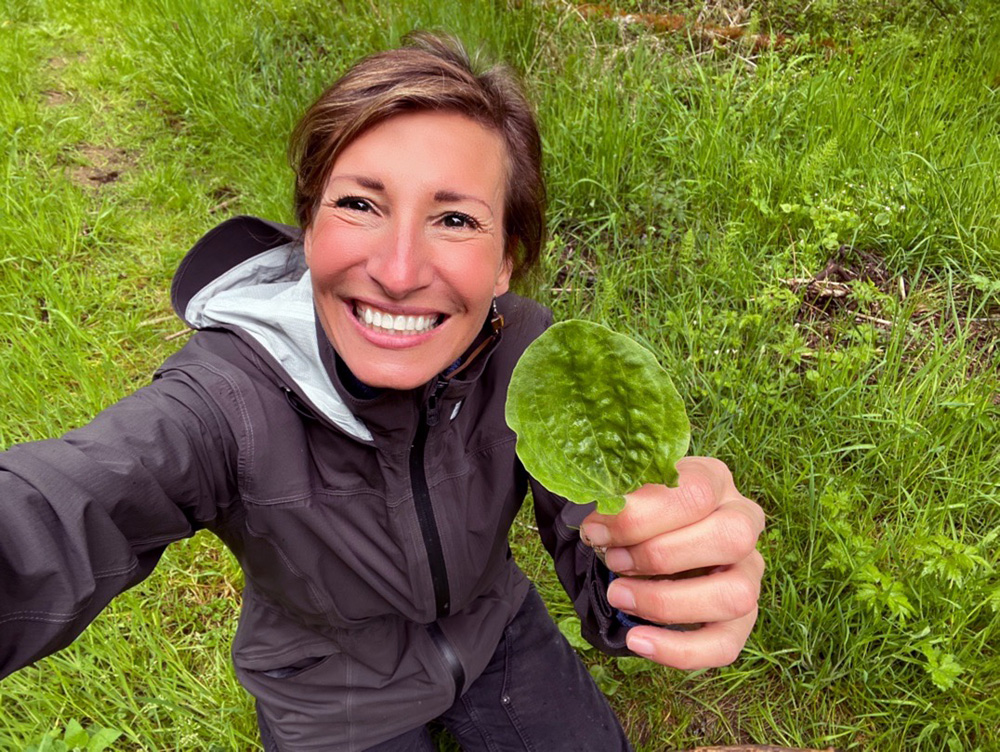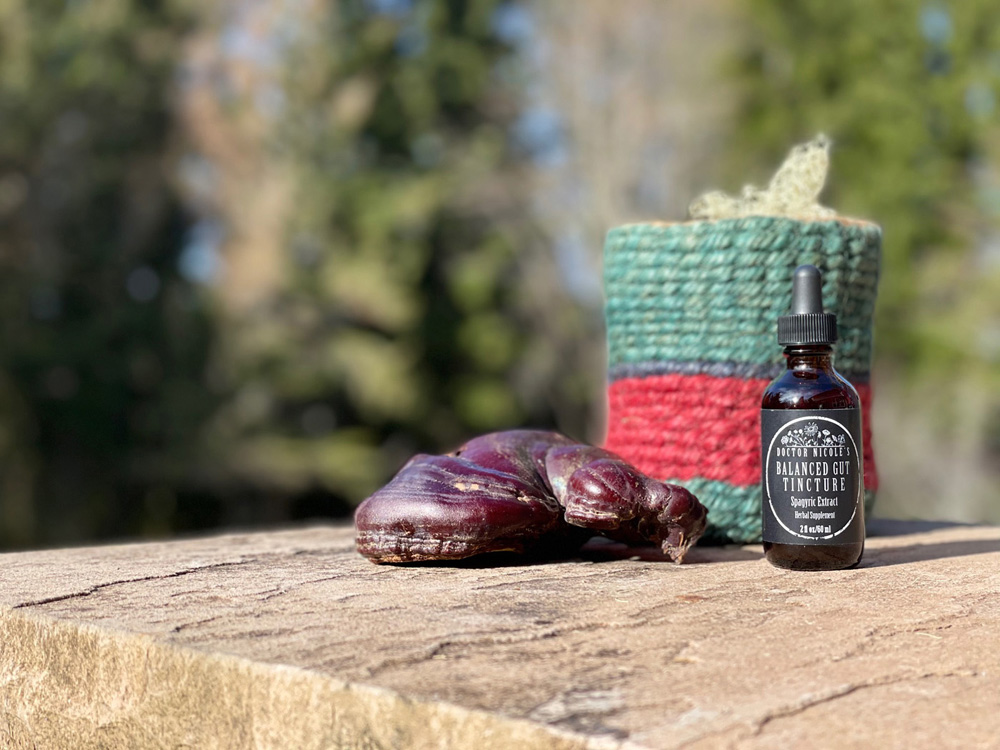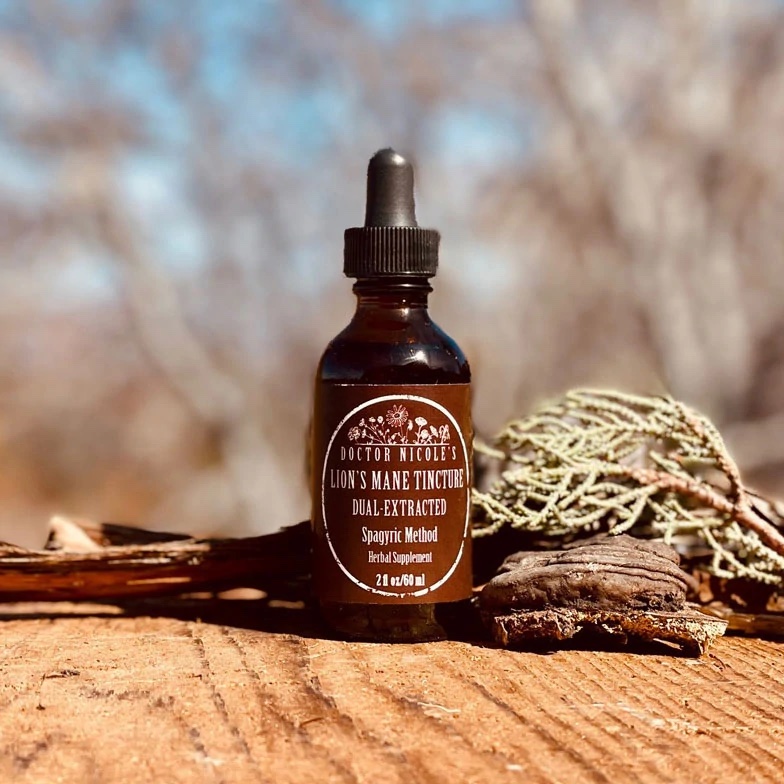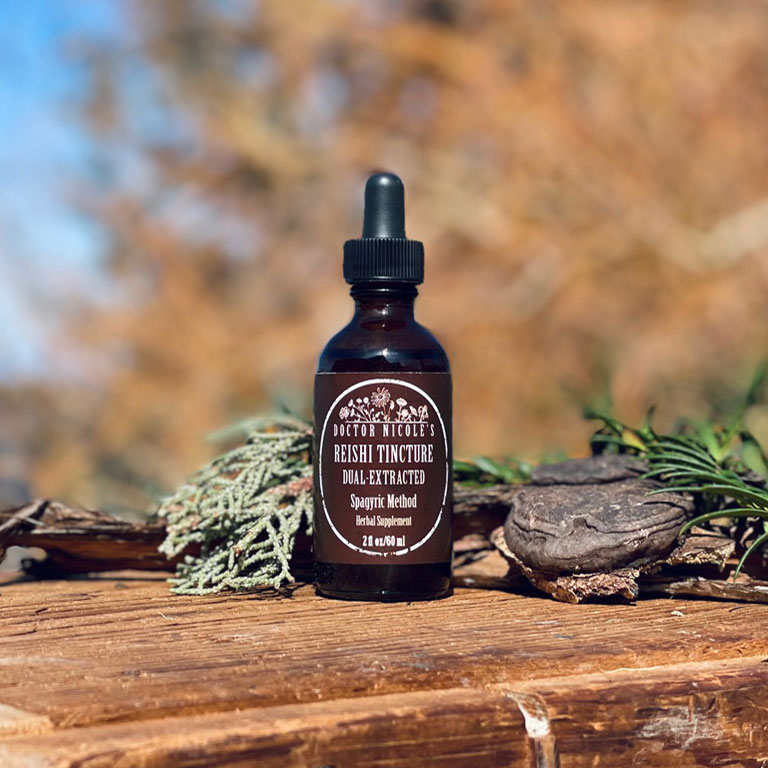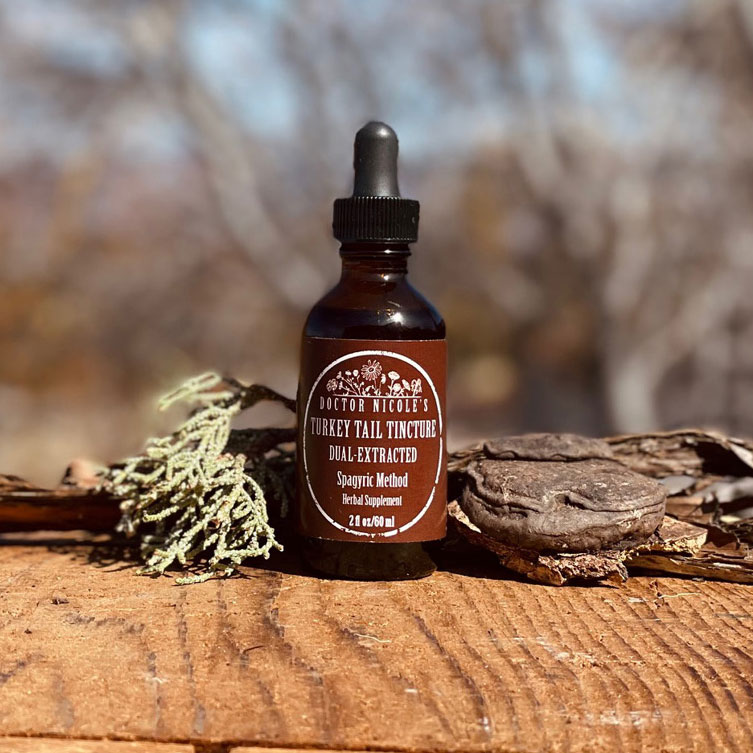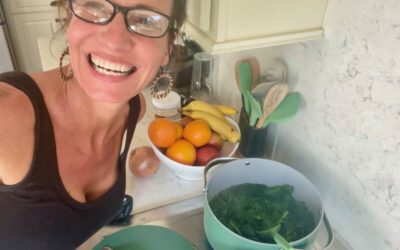What is SIBO?
Small intestinal bacterial overgrowth (SIBO) is a condition characterized by abdominal pain, bloating, gas, diarrhea or constipation. This gut dysfunction can inhibit the ability to absorb nutrients, which in turn leads to nutritional deficiencies — especially with B12, fat soluble vitamins, and iron. Symptoms include fatigue, nausea, unexplained weight loss, leaky gut, joint pain, mood disorders, rashes, and joint inflammation/pain. It can be difficult to distinguish between SIBO and other conditions that have similar traits, such as irritable bowel syndrome (IBS) and food sensitivities. Those with diabetes, celiac disease, Crohn’s, fibromyalgia, rheumatoid arthritis, hypothyroidism, and non-alcoholic fatty liver disease are more prone to developing SIBO.
Diagnosis
If you suspect SIBO may be the cause of your digestive symptoms, several testing methods are available. The most accurate, but also the most expensive and invasive, is jejunal aspiration. This is where a sample is taken from the small intestine and the bacteria are counted.
A more popular testing method is a hydrogen breath test. It involves fasting overnight and then eating a type of sugar that the small intestine bacteria ferment. The level of hydrogen off-gassing from the bacteria is then measured via the breath. The problem with this testing method is that sometimes the bacteria release methane instead, so it is important to test for this if the first result is negative.

Lifestyle & Dietary Support
Slow gut motility is one of the top reasons SIBO can develop, so it is important to have a daily exercise routine to keep everything moving. Stretching and pilates are helpful as well. For the same reason, make sure to drink plenty of water throughout the day. Keep in mind that hypothyroidism can also slow motility, so it is best to heal the underlying causes. The suggestions in this post can help.
Low stomach acid also promotes SIBO. H. pylori infections, gastric bypass surgery, and the prolonged use of antacids and proton pump inhibitors all reduce stomach acid. Normal gut flora disruption is another cause due to the use of antibiotics, narcotics, a diet high in processed foods and refined sugar, and chronic stress. Interestingly, doctors often prescribe antibiotics after SIBO has been diagnosed to target the bacteria causing the condition. However, this also wipes out the beneficial bacteria. Instead, many have opted for natural methods, as discussed below.
Probiotics and probiotic-rich foods supply plenty of “good” bacteria to help counteract any problematic bacteria in the gut, although they are ineffective for preventing the condition.1 Another option is consuming an elemental diet, which is a specialized predigested liquid formula that is low in the carbohydrates problematic bacteria eat. One study found that 80% of those with SIBO who used the diet for 15 days had normal breath tests.2
A low-FODMAP diet is a popular alternative. It has been clinically proven to treat the symptoms of IBS, which often accompanies SIBO.3 The idea is to eliminate foods over the course of two weeks that ferment in the gut and feed problematic bacteria. It also gives the gut a much needed break to heal, correct nutritional deficiencies, and lower inflammation.
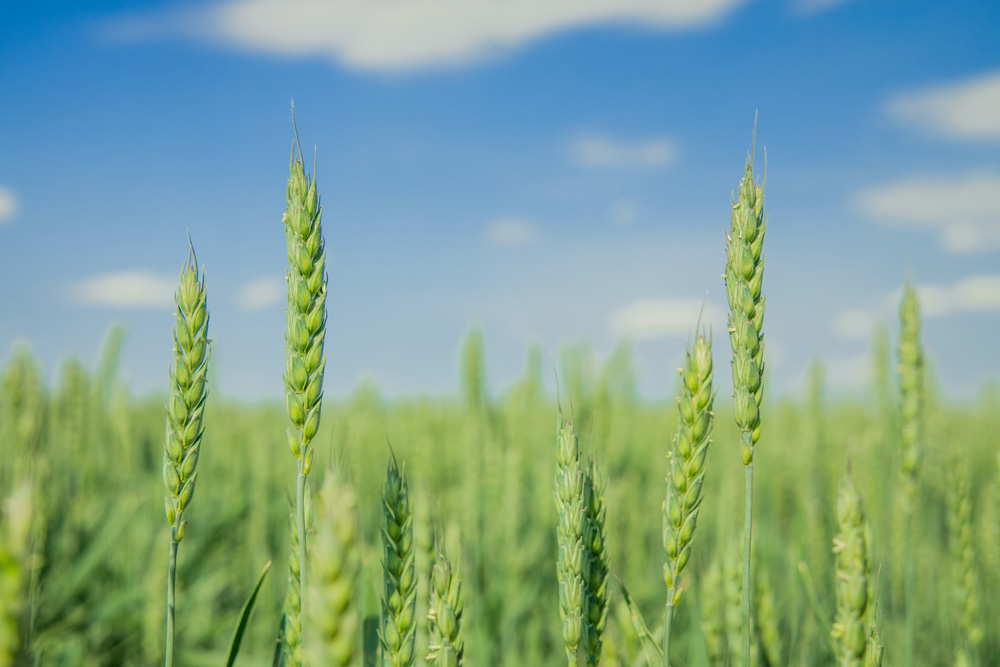
Foods to Avoid:
Breads & Grains — Wheat, rye, barley, breakfast cereals, gluten-containing baked goods and snack foods
Dairy & Alternatives — Milk, ice cream, soy milk, yogurt, most cheeses
Nuts & Seeds — Cashews, pistachios
Fructose — Apples, cherries, dried fruit, mango, nectarines, peaches, pears, plums, watermelon, honey, corn syrup, maple syrup, refined sugar, agave nectar
Galactans — Brussels sprouts, soy, legumes, cabbage
Fructans — Wheat, garlic, onion, asparagus, leeks, artichokes, broccoli, cabbage, sugar snap peas, green peas, cauliflower
Polyols — Xylitol and erythritol, lactitol, sorbitol, isomalt, maltitol
At this point, you may be wondering what you can eat. Keep in mind this isn’t a forever diet, it is just for a few weeks to establish bacterial equilibrium. Below are alternatives that allow the gut to heal.
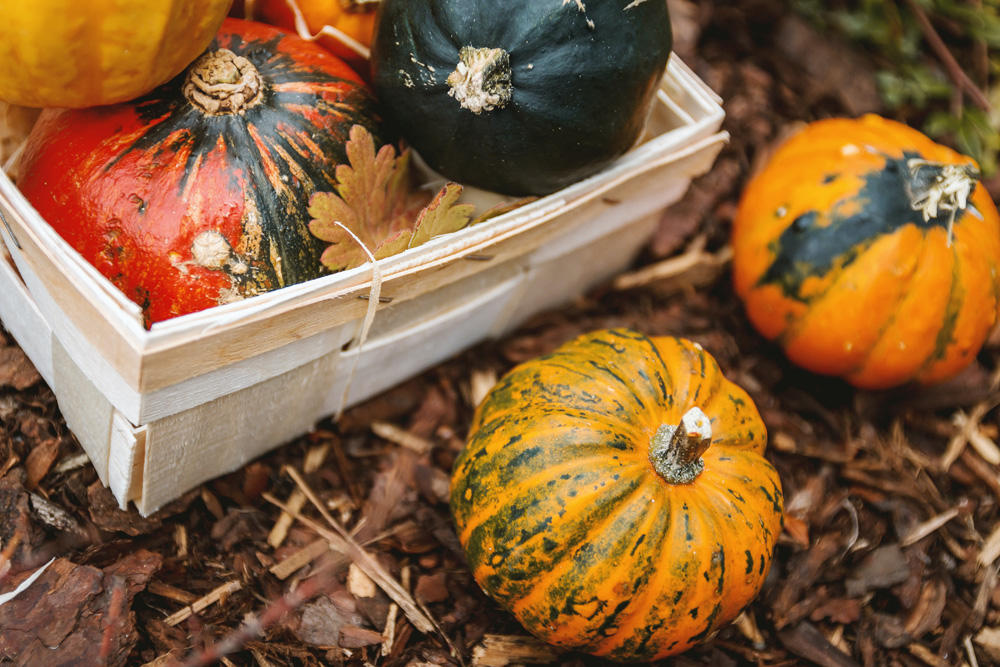
Helpful Foods:
Vegetables: eggplant, green beans, book chow, bell pepper, carrots, lettuce, potato, zucchini, leafy greens, pumpkin, winter and summer squash
Fruits: Cantaloupe, grapes, kiwi, mandarin, orange, tangerine, pineapple, strawberries, blueberries, grapes, olives, bananas, cucumbers, tomato, honeydew melon
Dairy & Alternatives: Almond milk, brie/camembert cheese, feta cheese, hard cheeses, lactose-free milk
Protein: Eggs, free range meat and poultry, wild-caught fish
Breads & Grains: Corn, oats, rice, quinoa, sourdough spelt
Nuts & Seeds: Macadamias, peanuts, pumpkin seeds, walnuts, sprouted nut butters
Lowering stress, intermittent fasting, boosting digestion, and adopting an anti-inflammatory, whole foods diet after completing a low-FODMAP diet are all helpful for healing and maintaining healthy gut bacteria equilibrium.
Need additional support? I have you covered! Specific herbal extracts are outstanding for healing and balancing the gut — below are a few of my favorites.
Herbal Solutions
My Balanced Gut Blend contains anti-inflammatory and soothing herbs that help to repair the intestinal tract and restore healthy gut function, including:
- Helps leaky gut through anti-inflammatory action
- High in beneficial beta glucans, glycoproteins, and triterpenes to support gut health
- Calms inflammation
- Excellent source of prebiotics for encouraging a healthy microbiome by controlling the overgrowth of candida, while also feeding the “good” bacteria in the gut
- High in antioxidants that cool the inflammatory response
Plantain
- Anti-inflammatory
Soothes mucous membranes
Slippery Elm & Marshmallow Root
- Forms a protective layer that helps the gut to regenerate
Interested in learning more about my Balanced Gut Blend as well as many other powerfully effective formulations? Tap here to visit the apothecary today!
Nicole Apelian
Nicole’s Apothecary Products in this Post
References
- Zhong, C., Qu, C., Wang, B., Liang, S., & Zeng, B. (2017). Probiotics for Preventing and Treating Small Intestinal Bacterial Overgrowth: A Meta-Analysis and Systematic Review of Current Evidence. Journal of clinical gastroenterology, 51(4), 300–311. https://doi.org/10.1097/MCG.0000000000000814
- Pimentel, M., Constantino, T., Kong, Y., Bajwa, M., Rezaei, A., & Park, S. (2004). A 14-day elemental diet is highly effective in normalizing the lactulose breath test. Digestive diseases and sciences, 49(1), 73–77. https://doi.org/10.1023/b:ddas.0000011605.43979.e1
- Halmos, E. P., Power, V. A., Shepherd, S. J., Gibson, P. R., & Muir, J. G. (2014). A diet low in FODMAPs reduces symptoms of irritable bowel syndrome. Gastroenterology, 146(1), 67–75.e5. https://doi.org/10.1053/j.gastro.2013.09.046

